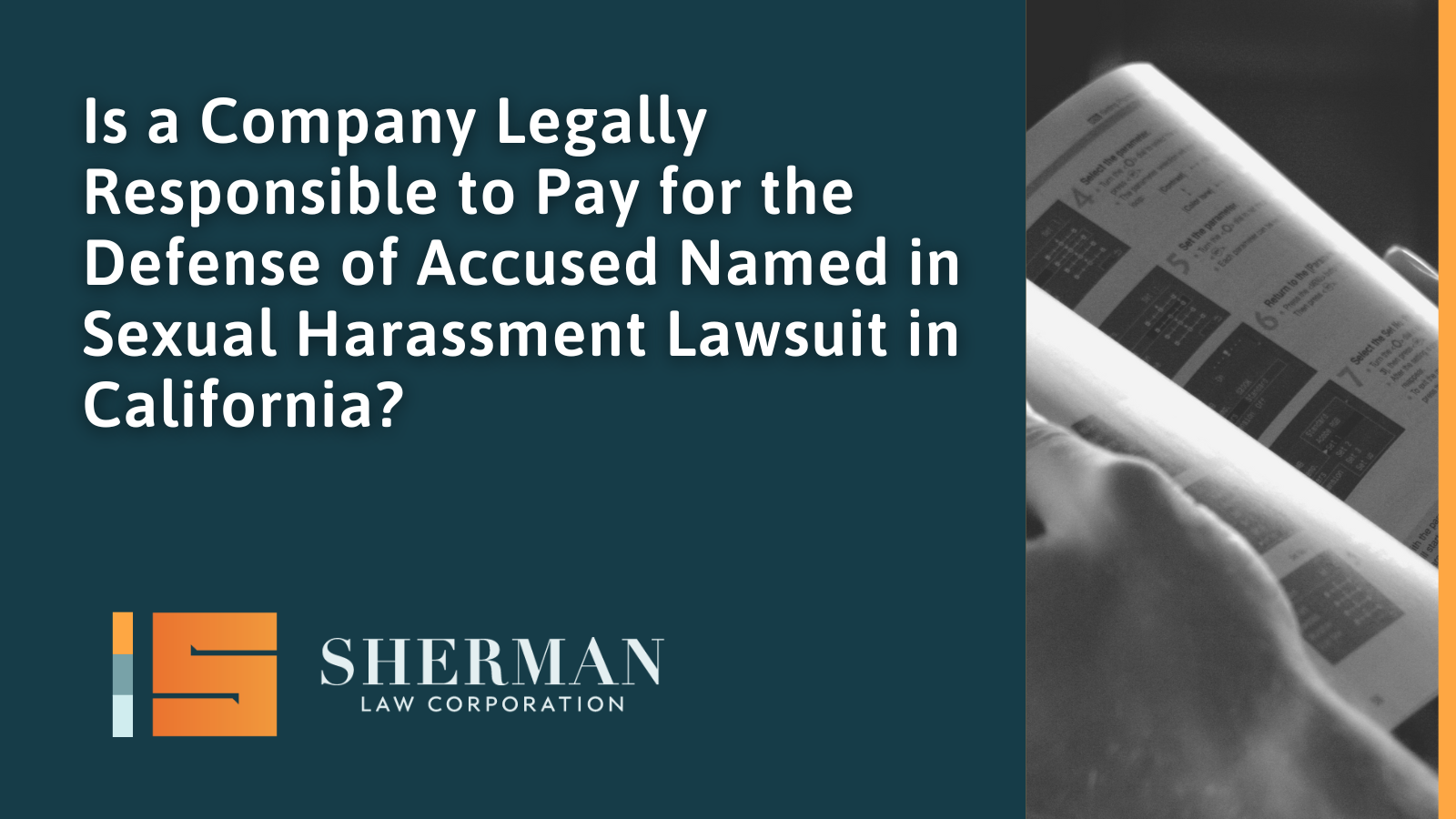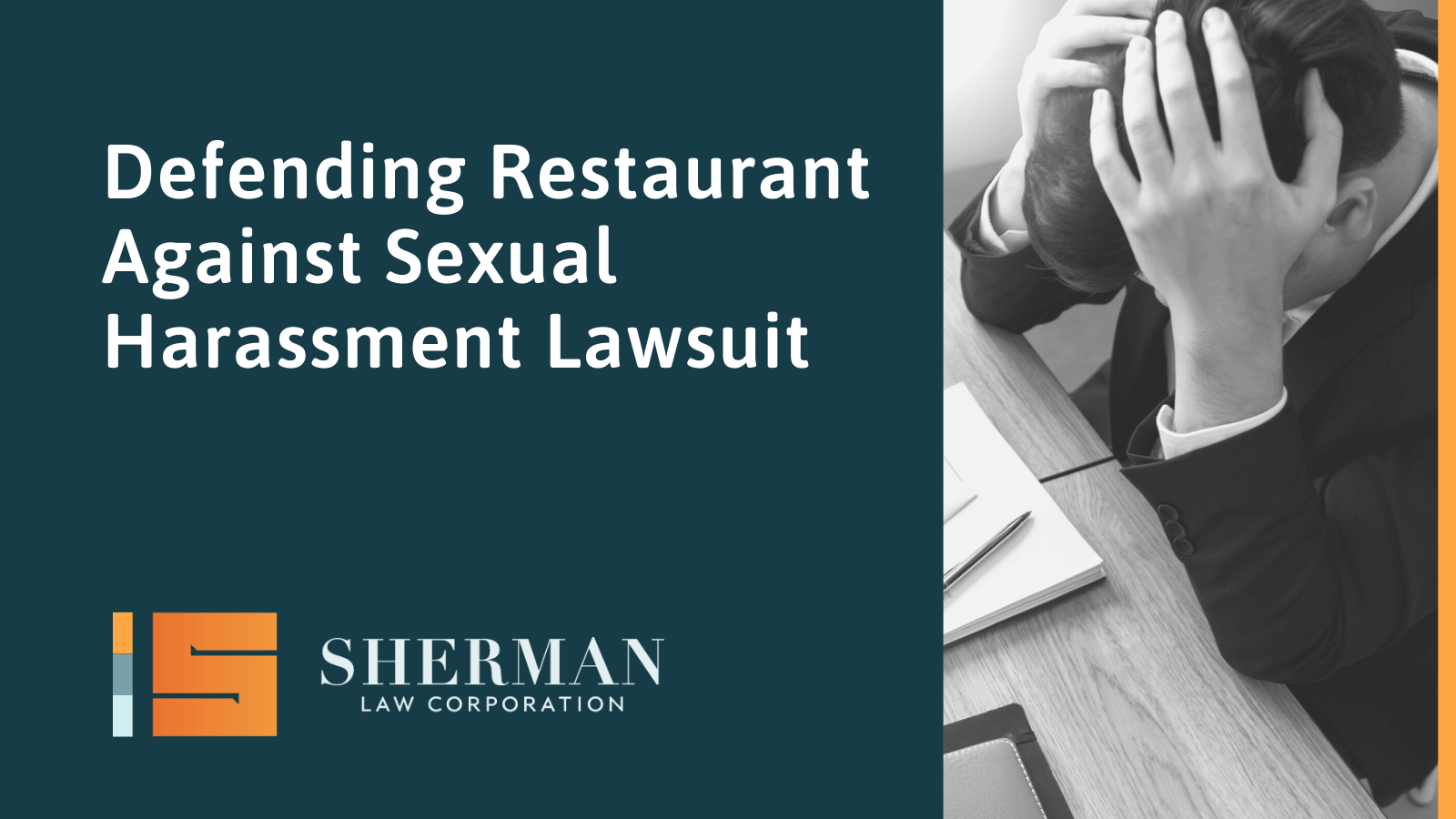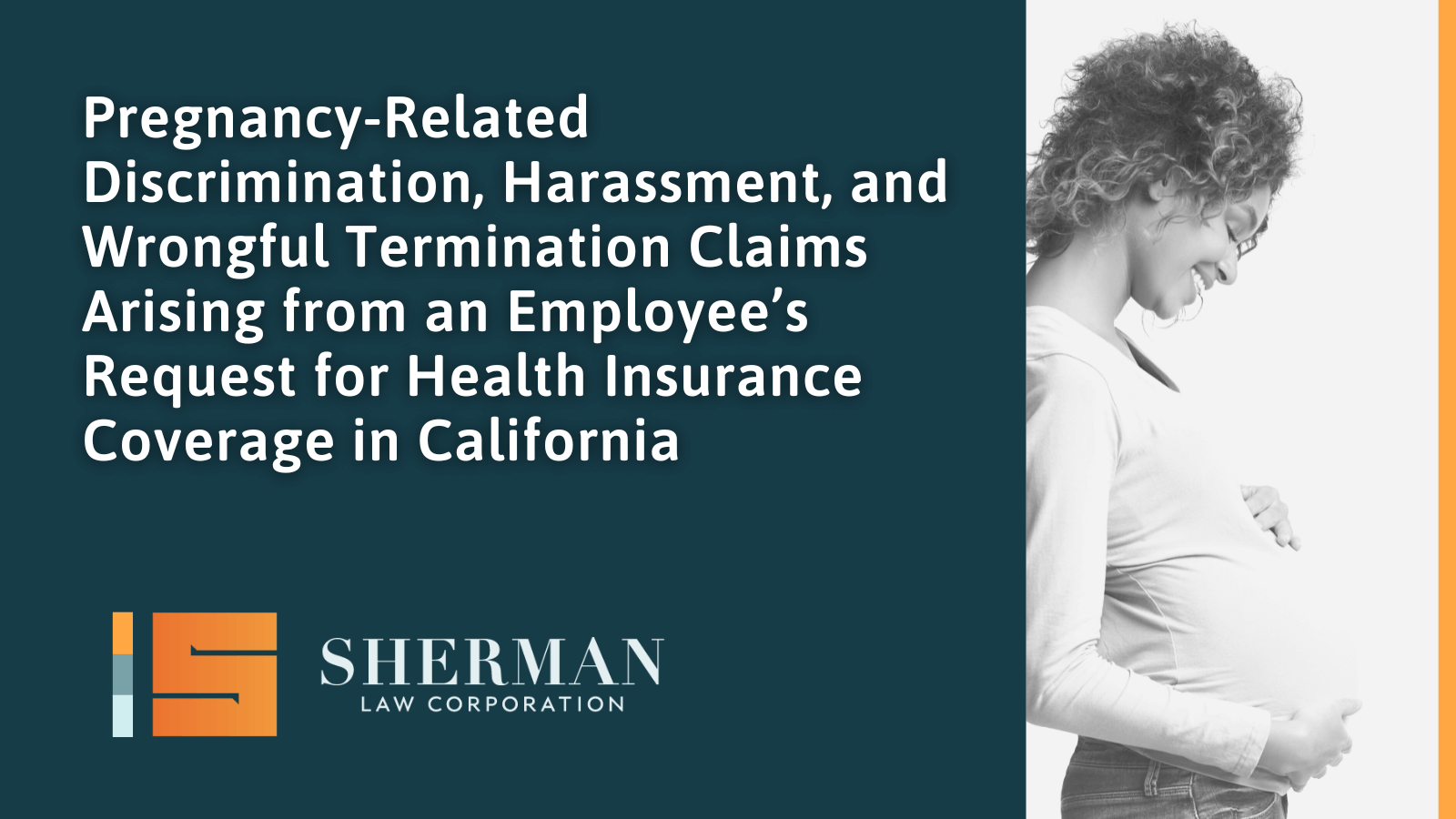
Navigating the complexities of sexual harassment claims in the workplace is challenging for both employees and employers. In California, companies must be vigilant in addressing and managing these claims to minimize liability and ensure a safe, respectful work environment.
Lisa Sherman understands the intricacies of employment law and is committed to providing dedicated legal services that support our clients and their businesses.
Defense and Indemnity of Employees in Employment Lawsuits
A California company is generally vicariously liable for harassment committed by its supervisory employees and potentially for its non-supervisory employees. In some instances, such as when allegations involve a supervisor, liability will be strictly imposed regardless of the employer’s participation in or knowledge of the harassment.
Retaining one attorney to represent both the corporation and the employee is the simplest method of defending a sexual harassment claim. However, this method should generally be used only when an investigation discloses that the employee did not commit the harassment. Otherwise, a conflict of interest between the employee and the employer may arise, especially if indemnity is not provided.
While some conflicts can be waived, the company should be cautious in requesting a waiver from the employee to avoid future claims that the employee did not receive an adequate defense due to the attorney’s efforts to defend the company. Separate representation may be preferable to avoid the perception that the company condones the alleged harassment or is willing to cover any resulting judgment.
If, however, a joint defense is provided, it should be pursuant to a written agreement in which the ground rules are identified, such as the following:
- Waiver of possible conflicts
- No cross-claims
- Sharing of information
The use of a single attorney should also be monitored carefully throughout the litigation for changes in circumstances.
The Role of Defense Costs and Indemnification
The financial burden of defending against a sexual harassment claim can be significant, particularly for the accused employee. However, companies must be cautious in handling these requests:
- Reimbursement and Advancement
If the employee is to retain separate counsel, the company may suggest possibilities, but it should leave the choice to the employee to avoid any suggestion that the company is controlling the defense.
The cost of a defense is often prohibitive for the individual; homeowners and Directors & Officers’ insurance policies typically do not cover the cost of defending these suits. For this reason, employees usually seek reimbursement or advancement of their defense expenses from their employer.
- Indemnification Limitations
If there is a finding of harassment, the employee generally must repay the defense costs advanced on their behalf. The company would also typically be barred from indemnifying the employee for their liability, as it is difficult to conceive of many situations where harassment would be considered in the best interests of the company or committed in good faith.
How an Employment Lawyer Can Help with Sexual Harassment Claims in California
When facing a sexual harassment claim, both companies and employees can benefit from professional legal guidance. Here’s how a lawyer can assist:
- Navigating Legal Complexities: Sexual harassment claims involve intricate legal considerations, including employer liability, defense strategies, and compliance with state regulations. A lawyer can provide clarity and direction.
- Conflict Management: In cases where a joint defense is considered, a lawyer can help manage potential conflicts of interest, ensuring that both the company and the employee receive fair representation.
- Cost Management: Legal representation can help manage the financial aspects of a defense, including negotiating reimbursement or advancement of defense costs and advising on indemnification issues.
- Employee Training: A lawyer can assist in implementing effective harassment prevention training for supervisors and employees, helping to reduce the risk of future claims.
Addressing Specific Scenarios in Sexual Harassment Cases
Each sexual harassment case is unique, but there are some scenarios that occur more often than others.
- Handling an Anonymous Sexual Harassment Complaint: When an anonymous sexual harassment complaint is received, the company must take it seriously and investigate promptly while protecting the anonymity of the complainant. An attorney can guide the employer in conducting a thorough and impartial workplace investigation, ensuring compliance with legal obligations.
- Limiting Damages in Harassment Claims: In California, employers can potentially limit the damages an employee may recover for unlawful harassment by demonstrating that they took reasonable steps to prevent and promptly correct the harassment. This includes providing effective harassment prevention training and having clear policies in place.
- Responding to a Lawsuit for Failure to Terminate a Supervisor: If a company faces a lawsuit for not terminating a supervisor after harassment claims have been made, the company must show that it took appropriate action in response to the claims. A lawyer can help the company present evidence of its efforts to address the issue and mitigate potential damages.
Providing supervisors with the required unlawful harassment training under California law is critical to reducing liability. A lawyer can help design and implement cost-effective training programs that meet legal requirements and foster a respectful workplace culture.
Contact Lisa Sherman Today
Lisa Sherman is dedicated to helping our clients in California manage these complex issues with professionalism and care.
Whether you need assistance with defending a claim, managing potential conflicts, or implementing preventive measures, our team has a proven track record of providing clients the support and guidance they need—we are here for you. For any questions on sexual harassment claims, contact us today at lisa@sherm-law.com or (323) 488-2087.




